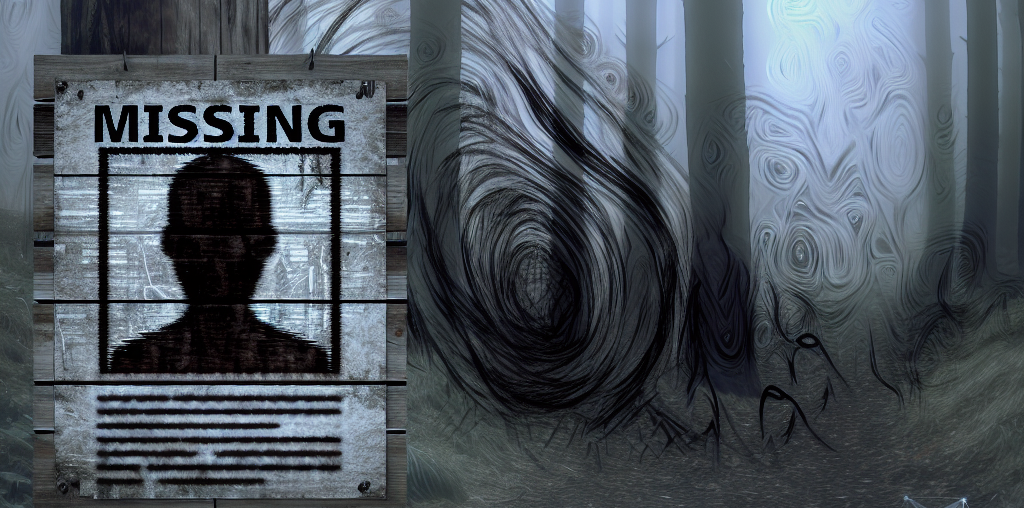Conspiracy Theories Linked to Shocking Turn in Hannah Kobayashi Case
The tragic case of Hannah Kobayashi has taken an unexpected and deeply unsettling turn, with conspiracy theories playing a pivotal role in shaping public perception and potentially derailing the investigation. What began as a search for a missing young woman has become a cautionary tale about the dangers of misinformation and the viral spread of unfounded claims.
The Hannah Kobayashi Case: A Brief Recap
Hannah Kobayashi, a 27-year-old graphic designer from Portland, Oregon, went missing in early September. Her disappearance sparked a massive public outcry and a nationwide effort to locate her. Social media platforms lit up with hashtags like #FindHannah, drawing the attention of thousands of concerned citizens. Authorities described Hannah as a beloved member of her community, with no known reasons to voluntarily disappear.
However, as the search escalated, online speculation started spiraling out of control. While some theories were well-meaning attempts to connect the dots, others were baseless, sensational, and ultimately harmful to the investigation.
How Misinformation Took Hold
As social media users began sharing information about Hannah’s case, a number of conspiracy theories emerged, ranging from the bizarre to the outright dangerous. These theories included:
- Claims of government involvement: Some social media users alleged that Hannah’s disappearance was part of a larger government cover-up, with no evidence to support this assertion.
- Unfounded accusations: Several individuals were wrongly accused online of being connected to her disappearance, leading to harassment and threats.
- Fabricated clues: A few users posted fake “evidence” that they claimed pointed to Hannah’s whereabouts, wasting precious time and resources in the investigation.
These theories quickly went viral, fueled by their sensational nature and the hyper-connectivity of digital platforms. As authorities attempted to sift through the noise, they found themselves battling not just the case itself, but also the widespread misinformation surrounding it.
The Dangerous Impact of Viral Conspiracy Theories
The proliferation of conspiracy theories has had profound consequences in the Hannah Kobayashi case. Officials have reported that valuable leads were overshadowed by false claims, hampering their ability to focus on credible evidence. Additionally, the reputations and lives of multiple innocent individuals were thrown into turmoil due to online harassment sparked by baseless accusations.
Moreover, conspiracy theories have led to a growing mistrust of the authorities. Some online communities began to question the motives of law enforcement, accusing them of withholding information or mishandling the case. This erosion of trust has made it more difficult for investigators to effectively communicate with the public and gather necessary tips.
A Tragic Turn of Events
In a shocking development, Hannah’s body was discovered in a remote wooded area last week. While the cause of death has yet to be officially confirmed, authorities have indicated that foul play is likely. The revelation has left her family and friends devastated, and the community grappling with the implications of the case.
Tragically, some conspiracy theorists have continued to spread false narratives even in the wake of this discovery. Rather than accepting the evidence presented by law enforcement, they have doubled down on their claims, further complicating efforts to bring clarity and closure to the case.
Lessons to Be Learned
The Hannah Kobayashi case serves as a stark reminder of the dangers posed by unfounded conspiracy theories and the unchecked spread of misinformation. As digital platforms play an increasingly prominent role in shaping public discourse, it is essential to consider the following lessons:
- Verify information: Before sharing any claims, ensure they come from credible sources such as law enforcement or established news outlets.
- Be mindful of the impact: Speculation, no matter how well-intentioned, can have real-world consequences for investigations and individuals’ lives.
- Hold platforms accountable: Social media companies must take greater responsibility in combating the spread of harmful misinformation on their platforms.
Conclusion
As the investigation into Hannah Kobayashi’s tragic fate continues, it is imperative that the public supports law enforcement efforts and avoids contributing to the noise of conspiracy theories. Her story is a heartbreaking example of how misinformation can exacerbate an already devastating situation. By learning from this case, we can strive to create a more informed and responsible digital culture.
Let Hannah’s legacy serve as a wake-up call: the truth matters, and so does the way we seek and share it.

